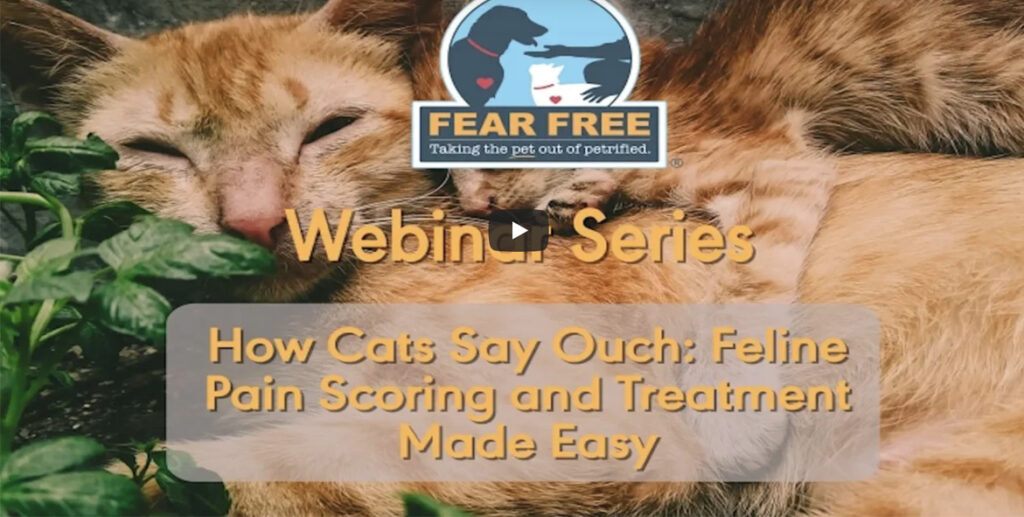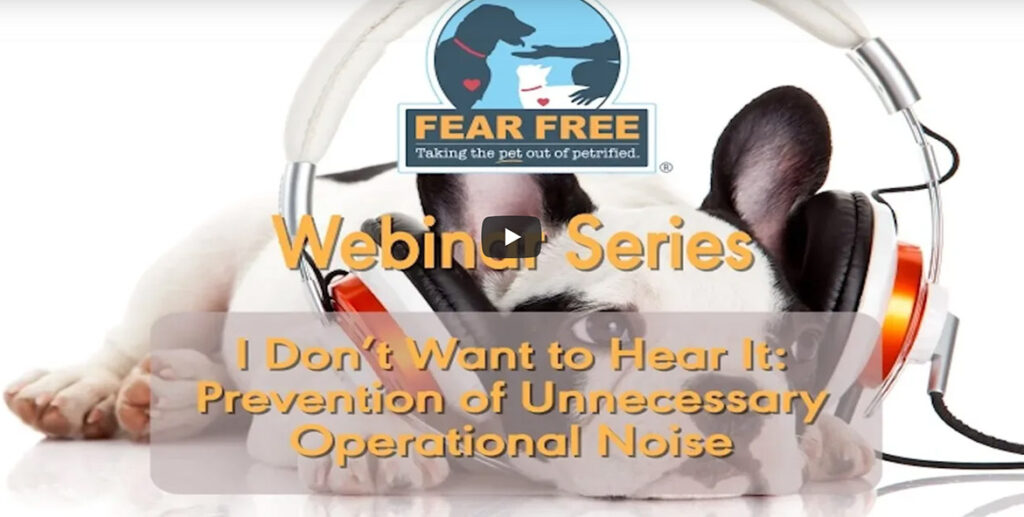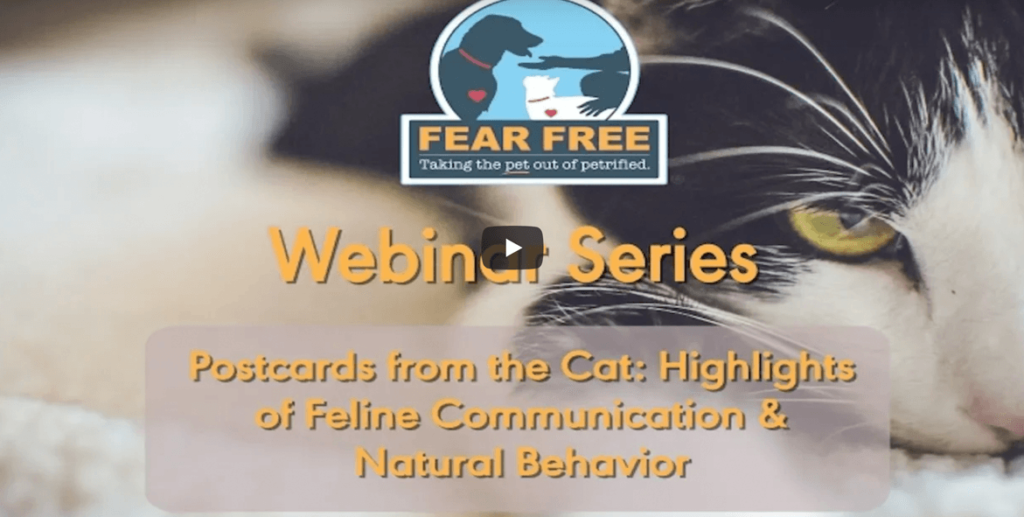
Course Overview
This course empowers you to begin or increase your pain management business by offering suggested improvements to both the culture and physical layout of your clinic. It will discuss skills you might want to consider learning, how to effectively communicate with clients, and ways to acquire new pain patients.
This course, approved for 1 RACE CE hour, was written by Dr. Michael Petty, DVM, CVPP, CVMA, CCRT, CAAPM.
This course consists of five lessons.
Lesson 1: Acquiring a “Pain Attitude”
Lesson 2: The Clinic
Lesson 3: Skill Sets to Consider
Lesson 4: Treatment Goals and Outcome Measures
Lesson 5: Acquiring Patients
This course is endorsed by the International Veterinary Academy of Pain Management.









